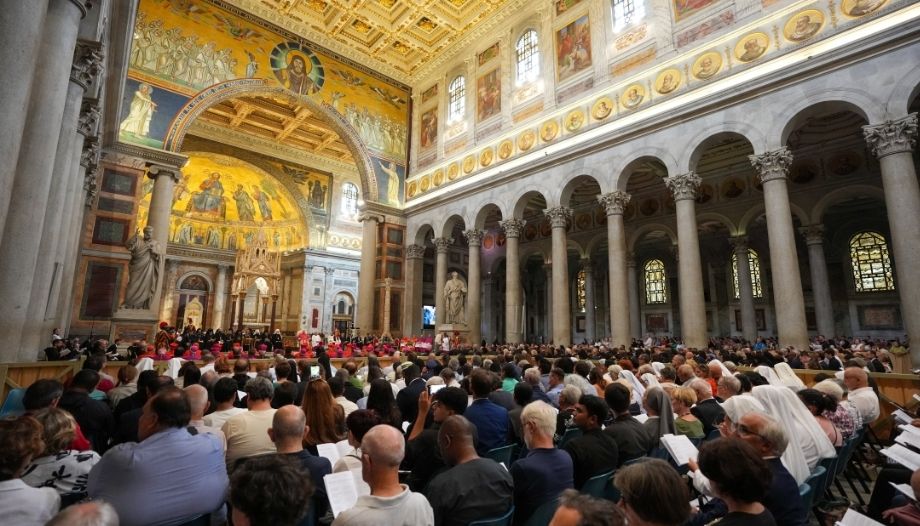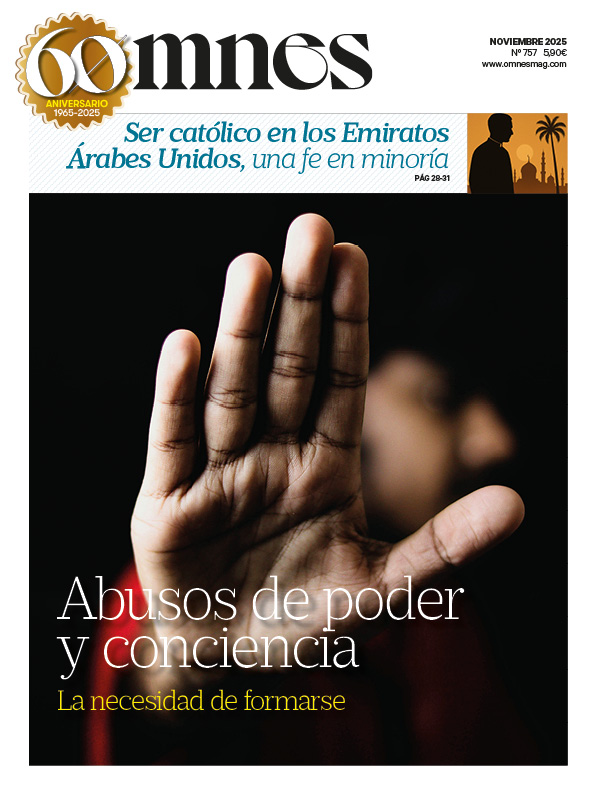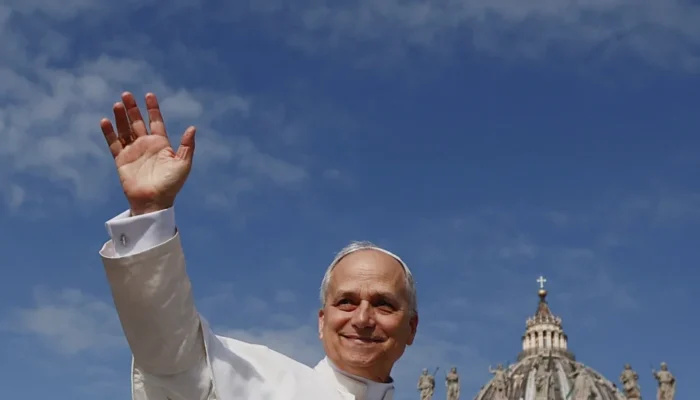Today's feast remembers not only the material construction of the temples erected over their tombs, but above all the dedication. That is, the consecration of the buildings to God and to divine worship, by which they become holy places. And also the spiritual reality that they represent for the Catholic faith: the apostolic continuity and unity of the Church built on the martyrdom witness of St. Peter and St. Paul.
St. Peter's Basilica marks the place where, according to tradition, the first Pope suffered martyrdom. Its original dedication dates back to the 4th century, under Emperor Constantine. The present basilica, rebuilt between the sixteenth and seventeenth centuries, is a visible symbol of the Petrine ministry, to which Christ entrusted the mission of confirming the brethren in the faith (cf. Lk 22:32).
The Church sees in this temple, whose construction lasted 170 years, under 20 Pontiffs, a sign of unity around the Successor of Peter. “You are Peter, and on this rock I will build my Church, and the gates of hell shall not prevail against it,” Jesus told him (Mt. 16:18-19).
St. Paul Outside the Walls
The Basilica of St. Paul Outside the Walls, built over the tomb of the apostle of the Gentiles, was also founded in the fourth century, and was later rebuilt after the fire of 1823, which destroyed almost everything. A monumental reconstruction took place and was completed in 1854. Remains such as the cloister and the triumphal arch are preserved. Today it is an important pilgrimage center and one of the four papal basilicas (the other three are St. Peter's, St. John Lateran and St. Mary Major).
The last major celebration at the Basilica of St. Paul Outside the Walls, which is located 11 kilometers from St. Peter's Basilica, took place recently, with the historic participation in an ecumenical prayer service of King Charles III of Great Britain and Queen Camilla.








